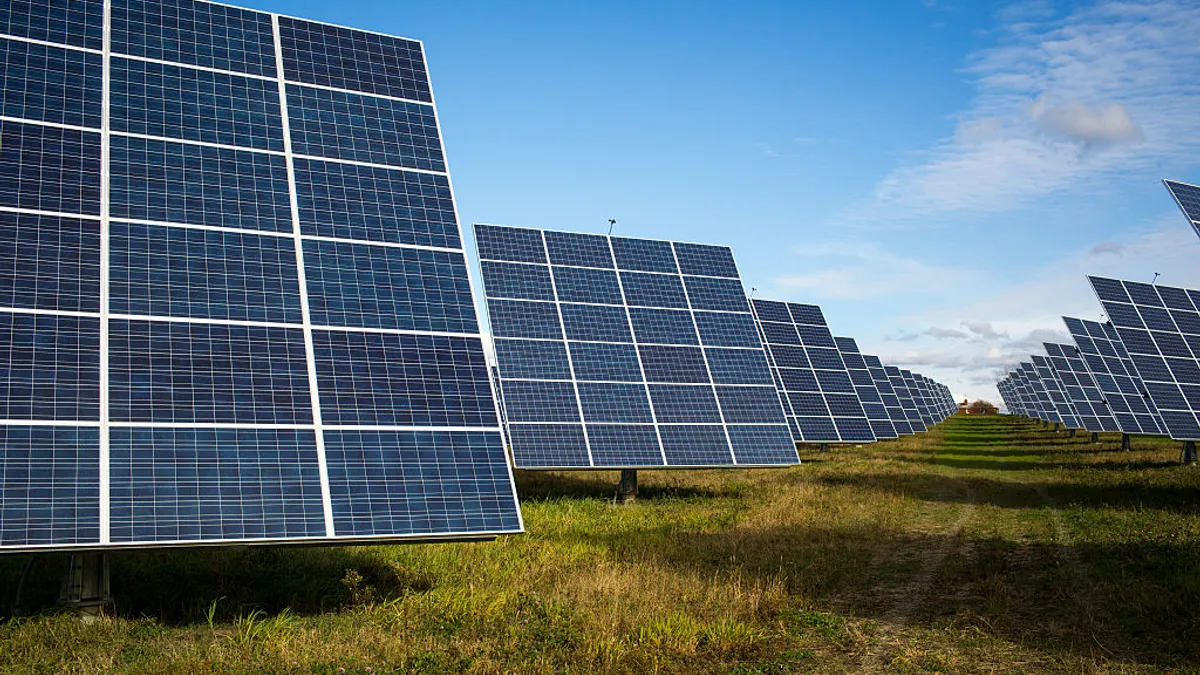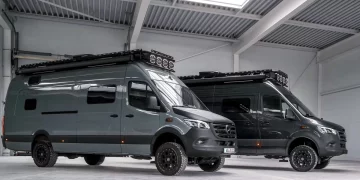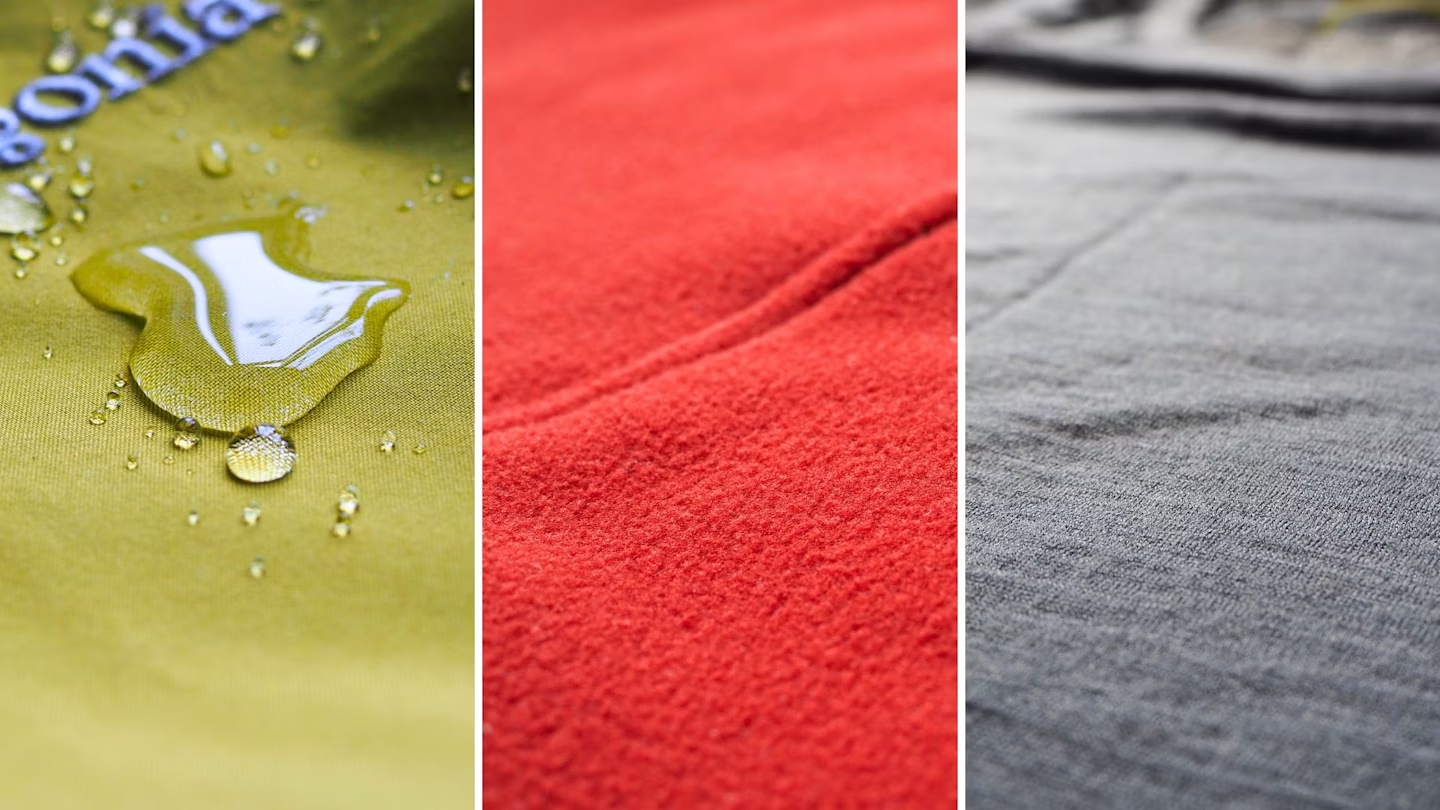In an age where sustainability and off-grid living are gaining prominence, solar-powered gear has emerged as a game-changer. Whether you’re trekking through the dense jungles of the Amazon or exploring the vast deserts of the Sahara, solar-powered devices offer the promise of renewable energy in the most remote locations on Earth. But, is this technology truly reliable when the nearest power outlet is miles away? Let’s dive into the intricacies of solar-powered gear, its pros, its pitfalls, and whether it can truly be trusted in the most isolated corners of the world.
The Appeal of Solar Power: A New Frontier for Remote Exploration
Solar power has become a crucial element of the modern adventurer’s toolkit. The ability to charge everything from phones and GPS units to drones and cameras without needing a traditional power source is undeniably convenient. For those who spend extended periods in remote areas, this offers not only convenience but also a level of independence that was once impossible.
Sustainability Meets Convenience
Solar energy is as eco-friendly as it gets. By harnessing the sun’s power, solar gadgets produce little to no emissions, making them an attractive option for those who care about their environmental footprint. Whether you’re camping, hiking, or on a humanitarian mission, using solar-powered equipment can lessen your reliance on disposable batteries and fuel-powered generators, which are often difficult to transport and harmful to the environment.
A Lifeline in Remote Locations
Remote areas, particularly those that lack reliable infrastructure, can leave adventurers, researchers, and aid workers vulnerable when their power-hungry devices run out of juice. Solar-powered gear offers a practical solution to this problem. From portable solar panels that charge batteries to solar-powered lanterns and stoves, these devices can keep essential equipment running when you need it most. In areas with no access to grid electricity, solar power can be a lifeline.
But, how reliable is this power source when the environment becomes unpredictable, and when the demands on the gear are high?
The Reliability Question: Can Solar Gear Stand Up to the Challenges of Remote Locations?
While solar-powered gear offers undeniable benefits, its reliability is a nuanced subject. Several factors influence the performance of solar-powered devices, and not all solar technologies are created equal. Let’s break down the most important considerations when it comes to trusting solar gear in the wild.
1. Environmental Conditions: The Sun Isn’t Always Shining

While solar panels are designed to capture sunlight, not all sunlight is created equal. The amount of sunlight varies greatly depending on the location, time of day, and weather conditions. For example, in polar regions or during winter months, the sun may be weak or absent for prolonged periods. In tropical regions, cloud cover, rain, and humidity can drastically reduce solar panel efficiency.
Even during the daytime, solar gear may struggle to perform in areas with heavy tree cover or on cloudy days. If you’re counting on solar power to keep your gear functioning, you may find yourself in a difficult situation if the weather turns against you.
2. Energy Storage: The Achilles’ Heel of Solar Gear
Most solar-powered devices rely on batteries for energy storage, and this is often where things start to fall apart. The efficiency of solar gear is only as good as the batteries used to store the energy. Cheap or poorly designed batteries may not hold enough power to keep devices running for extended periods, especially in regions where sunlight is intermittent.
In addition, battery performance degrades over time, meaning the more you use your solar gear, the less reliable it may become. Factors such as temperature fluctuations, humidity, and exposure to dust or moisture can all negatively impact battery life, reducing the longevity of your solar-powered equipment.
3. Charging Speed and Power Output
Solar-powered devices generally charge slower than traditional power sources. Even in optimal conditions, it can take several hours to fully charge a battery with solar panels. If you need to power multiple devices or have high-energy demands, this can be a significant disadvantage. While some solar chargers are designed to charge quickly under direct sunlight, it’s not always guaranteed that you’ll have access to optimal sunlight, particularly in remote areas where weather conditions are unpredictable.
For instance, a solar-powered power bank might not be able to fully charge your high-energy devices like a laptop or satellite phone in a reasonable time frame. In some remote areas, this could leave you with little power for essential communication or navigation tools.
4. Durability and Build Quality: Rugged Gear for Rugged Terrain
For solar-powered gear to be trusted in remote locations, it needs to be durable enough to withstand the elements. Harsh conditions—whether it’s intense heat, freezing temperatures, sandstorms, or heavy rain—can quickly degrade low-quality solar panels and batteries.
Many reputable solar gear manufacturers design their products with ruggedness in mind. For example, solar-powered lanterns and flashlights are often made with waterproof, dustproof, and shock-resistant materials. However, even the best-made gear may struggle when subjected to extreme conditions for long periods.
When purchasing solar-powered equipment, it’s critical to look for items that are designed specifically for outdoor or off-grid use, and that come with solid warranties. You don’t want to end up with a broken panel or device when you’re hours from help.
5. Maintenance and Lifespan of Solar Gear
Solar-powered gear can often be more maintenance-intensive than traditional gear. Dirt, dust, and debris can accumulate on solar panels, reducing their efficiency and making it harder for them to charge. In remote areas, you may not have the resources to regularly clean your equipment, leading to decreased performance over time.
Additionally, while solar panels can last for many years, they are not immune to wear and tear. The delicate materials that make up the panels, such as silicon and glass, can become damaged if not handled properly, especially in harsh environments.
Advantages of Solar-Powered Gear for Remote Areas
Despite these challenges, solar-powered gear continues to be a viable and increasingly reliable option for those venturing into the wilderness. Here are a few of the key advantages that make it worth considering:

1. Independence from Fuel
Unlike traditional generators, solar-powered gear does not require fuel, which can be hard to come by in remote areas. This makes solar-powered devices incredibly useful for those who need to rely on them for long periods without easy access to fuel or power stations.
2. Quiet Operation
Many remote adventurers seek quiet equipment that won’t disturb wildlife or alert others to their presence. Solar-powered gear tends to operate quietly, making it ideal for activities where stealth or peace is essential.
3. Low Environmental Impact
The environmental impact of solar-powered gear is minimal compared to gasoline or diesel-powered alternatives. This is particularly important for travelers who are exploring ecologically sensitive areas, such as national parks or wildlife reserves.
4. Lightweight and Portable
Solar-powered gear has evolved over the years to become more lightweight and portable. Modern solar panels are often flexible, lightweight, and foldable, making them easy to pack and transport. This is a significant advantage for trekkers and backpackers who need to minimize the weight of their gear.
5. Increasing Accessibility and Innovation
As technology advances, solar-powered gear is becoming increasingly sophisticated and accessible. Manufacturers are continually improving battery efficiency, solar panel durability, and charging speeds. This means that, as the technology continues to evolve, solar-powered devices will become more reliable and versatile.
Practical Tips for Using Solar-Powered Gear in Remote Areas
If you’re planning to rely on solar-powered gear during your adventure, here are a few practical tips to ensure you get the most out of your equipment:
- Plan for Battery Backup: Since solar charging can be slow and unreliable under certain conditions, always carry a backup battery or power bank that can be charged via solar panels or a separate power source.
- Choose High-Quality Gear: Invest in well-built, high-quality solar gear that’s designed for rugged outdoor use. Brands that focus on durability and performance in harsh conditions will provide a much more reliable experience.
- Maximize Sun Exposure: Position your solar panels in areas with maximum exposure to the sun, such as open fields or high-altitude locations. Be mindful of any obstructions, like trees or cliffs, that may block sunlight.
- Consider Multi-Source Charging Options: In remote areas, having the ability to charge your gear through multiple sources (solar, USB, vehicle, etc.) can provide greater flexibility and ensure that you can maintain power when needed.
- Regular Maintenance: Keep your solar panels clean and free of debris. Even in dusty or sandy environments, a simple cleaning process can significantly improve charging efficiency.
The Verdict: Can You Trust Solar-Powered Gear in Remote Areas?
The short answer is yes, but with caveats. Solar-powered gear is an excellent option for providing renewable, off-grid power in remote areas. However, it is not foolproof. Environmental conditions, the efficiency of your gear, and the specific demands of your trip will all impact its reliability.
For those willing to plan ahead, invest in quality equipment, and manage their expectations, solar-powered gear can be a lifeline when you need it most. But for those relying on it for critical, high-demand power in extreme conditions, it’s best to have a backup plan in place.
With ongoing advancements in solar technology, it’s likely that solar-powered gear will become even more reliable in the future. For now, the key is to understand its limitations and use it wisely.























